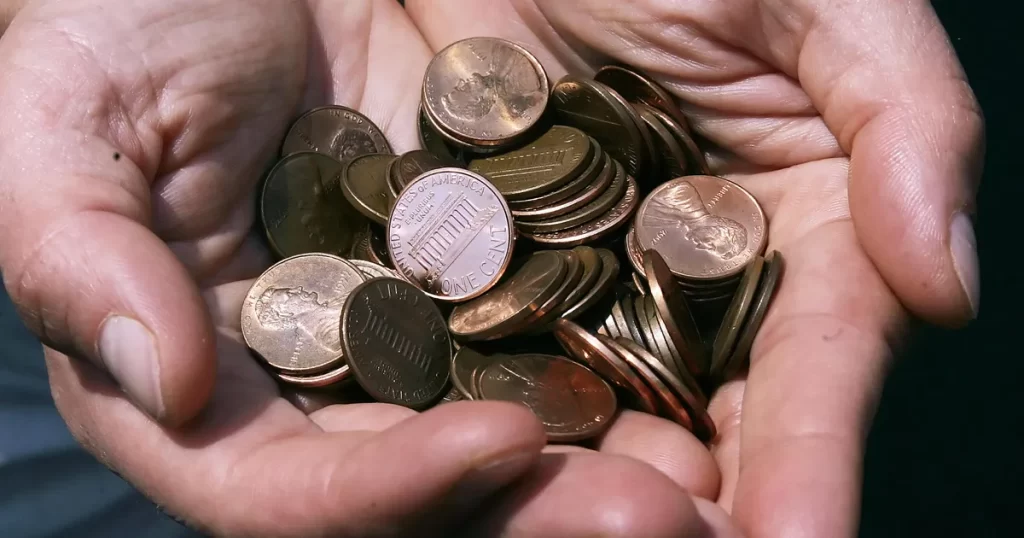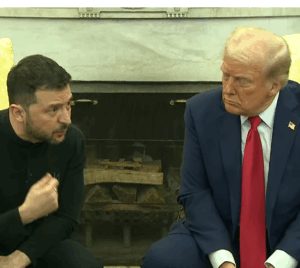The U.S. Treasury Department has finally come into the 21st century with its decision to stop production of U.S. pennies. The economics of the decision are as follows:
- It cost more than a penny to make a penny. President Trump ordered theUS Treasury to stop minting pennies because it cost 3.7 cents to make one penny, which doesn’t make any sense. By the way, it cost 11.4 cents to make a nickel, 5.3 cents for a dime, 11.6 cents for a quarter, 25 cents for a half-dollar.
- or bills, it costs:
$1 and $2 costs 3.2 cents $5 costs 5.3 cents $10 costs 5.5 cents $20 costs 6.0 cents $50 costs 5.6 cents $100 costs 9.4 cents Bitcoin costs 0 cents - Most of the general public does not value a penny. They are frequently left behind. They are no longer saved, and later deposited in the bank, like they used to be in the latter half of the 20th
- The penny is coinage and as such is not as easily transportable as is plastic or ApplePay.


As a result of the stoppage of minting pennies, most businesses and governments will begin the practice of rounding to the nearest nickel. Therefore, if the item ends is .01 or .02, it will be rounded to .00. However, if it ends in .03, .04,.05,.06.,07 the amount due will be .05. If the item ends in .08, .09, or.10, then the item will be rounded to .10 The bottom line is that there will be more rounding up, than rounding down. So, get ready to pay more!
As we progress deeper into the 21st century, one should ask: If the termination of pennies is successful, then why bother printing ANY coinage? It is an inefficient way of conducting commerce.










